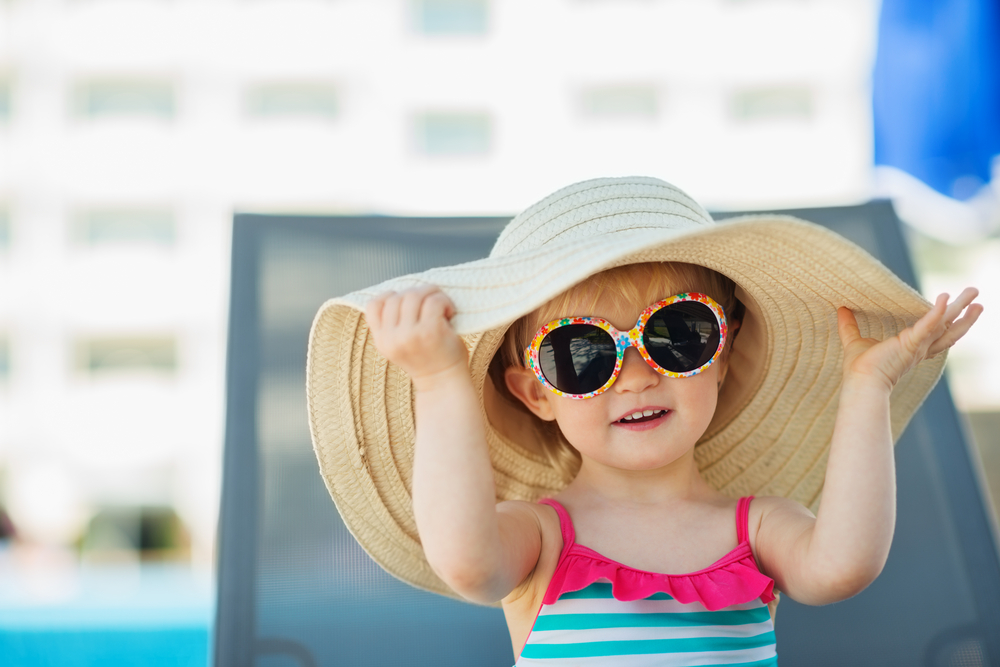Stay Sun-Safe This Summer
Sun, sea, sand, and summer. It’s like a barbershop quartet of sirens beckoning us to a concert at the beach with their haunting song.You heed the call, and now you’re sitting on the beach watching the waves crash in, feeling the cool breeze, (if there is one) and feeling the warmth of the sun, which has been immortalized by song. It’s all quite wonderful until you remember that you did not apply your sunscreen, and now your next-of-kin is a lobster.
The sun treats people differently. The outer layer of skin, or the epidermis, contains melanin, which gives skin its color and protects it from the damaging rays of the sun. The more melanin your skin has, the darker your color, and the more protected you are. That’s the reason why fair skinned people burn so much more easily than their darker-skinned counterparts. However, that doesn’t mean darker-skinned people don’t need sunscreen. The sun’s UV (ultraviolet) rays can penetrate the epidermis to damage the deeper skin layers. The sun’s damage has a cumulative effect and with each sunburn or tan, the damage increases.
The sun can escalate the aging process, producing “age spots” on the face, freckles, and other types of hyper-pigmentation. UV rays also damage fibers in the skin called elastin, and, over time, can result in wrinkles and sagging due to the loss of elasticity. The skin can also become more fragile, so it bruises and tears more easily. Yes, the skin can become worn and leathery-lookingover the years, but the clear and present danger is not your tan fading so you don’t look as good, anymore, it’s skin cancer. Don’t take this lightly because you can’t see it happening. The groundwork is being set each time you are out in the sun without sunscreen. That beautiful tan we are so proud of is damaged skin. Contrary to popular belief, there is no such thing as a good suntan.
Some sun is invaluable to our bodies, as it provides essential Vit D, but like anything else, too much of a good thing is not always good. The sun affects the skin’s natural immunity, which is what leaves it vulnerable to the formation of pre-cancerous and cancerous skin cells. Skin cancer is the most prevalent of cancers today, melanoma being the most serious and deadly of them. Those most at risk have fair or freckled skin, light eyes, and blonde or red hair. These folks must adhere to a strict sun protection plan.
The sunny side to these dreary facts is that skin cancers can be prevented. Seek shade. Avoid the sun between the hottest hours of 10 AM and 2 PM, regardless of the time of year or cloud coverage. Those rays get through the clouds, and the worst part is that you can’t feel the sun doing its dirty work. Wear protective clothing, including hats and sunglasses. The sun will find those spots on your head not covered by hair. Choose a broad-spectrum sunscreen, which protects you from all the sun’s rays, UVA and UVB. Choose one that is at least 30 SPF (Sun Protection Factor) and apply generously every two hours while still in the sun; after being in the water; after sweating; and after toweling-off. If you are using a sunscreen with insect repellant, only use that as directed because the ingredients in insect repellant are good for about six hours. Use plain sunscreen in between applications of the combination product. Don’t forget your face, nose, ears, and feet. Slather up and stay sun-safe wherever you are.
Comments
There are 0 comments on this post













